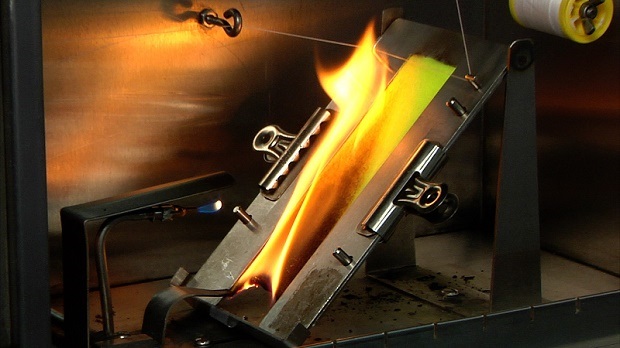What is a 45° flammability tester? What does it do?

The 45° flammability tester is a testing instrument used to evaluate the combustion performance of materials. It is designed and manufactured according to relevant standards (such as ASTM D1230 and ISO 3795, etc.) and is used to measure the combustion characteristics of materials under specific conditions.
This tester is mainly used to evaluate the flammability and burning behavior of materials to determine their safety and fire resistance in fire situations. Its main functions are as follows:
1. Determine ignition time: The 45° flammability tester measures the ignition time of a material, which is the time it takes for a material to begin burning when exposed to flame. This helps evaluate a material's flammability and ability to resist flame ignition.

2. Evaluate flame propagation: The tester measures the speed of flame propagation along the surface of the material. This helps determine whether the material will spread flames quickly in the event of a fire, and how quickly the fire will spread.
3. Analyze combustion duration: With a tester, the combustion duration of a material can be determined, which is the time it takes for the flame to extinguish from the material. This helps to understand the material's ability to self-extinguish and assess its safety after a fire.
4. Observe the fire process: Through the tester, you can observe and record the formation and spread of the flame on the material. This helps study the combustion mechanism of materials and provides a reference for the development of improved fireproof materials.
To sum up, the 45° flammability tester plays an important role in evaluating the flammability and fire resistance of materials. It can provide quantitative data on the burning characteristics of materials under fire conditions, help formulate and comply with relevant fire safety standards and specifications, thereby improving people's life safety and property protection levels.
2023-09-18 14:26

